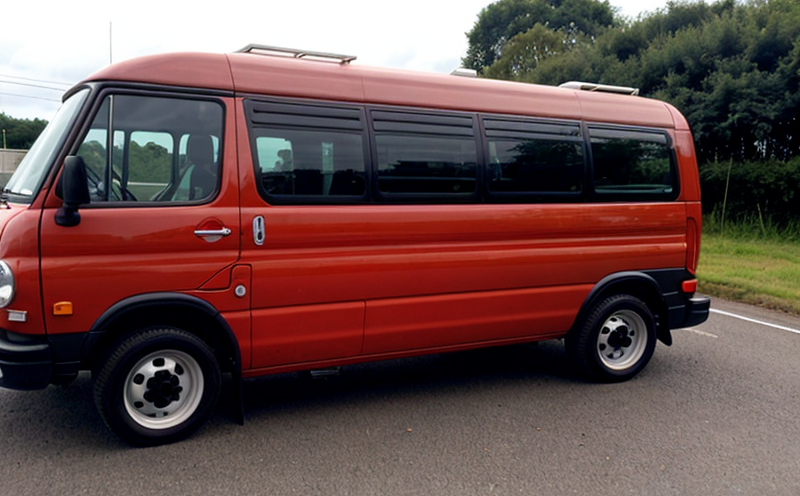Minibus inspection
The minibus inspection is a critical component of ensuring public safety and compliance with transportation regulations. Minibuses are often used in urban and rural areas to transport passengers, making regular inspections essential. This service involves a comprehensive examination of the vehicle's mechanical, electrical, structural, and safety systems to ensure they meet or exceed established standards.
The inspection process typically includes checking for signs of wear and tear, verifying the functionality of critical components such as brakes, steering mechanisms, and lights, and ensuring that all safety features are in working order. Compliance with international standards like ISO 16284:2017, which covers bus safety requirements, is paramount.
For quality managers and compliance officers responsible for maintaining the operational integrity of minibuses, these inspections provide assurance that vehicles meet legal and safety requirements. R&D engineers can use this service to optimize design improvements by identifying potential issues early in the lifecycle. Procurement personnel benefit from knowing which suppliers adhere to high standards.
The scope of a minibus inspection includes:
- Engine performance checks
- Tire condition assessment
- Fuel system integrity evaluation
- Brake system functionality test
- Electrical systems troubleshooting
- Safety equipment verification (e.g., seat belts, fire extinguishers)
Scope and Methodology
The scope of a minibus inspection is defined by the regulatory requirements set forth in various countries. For instance, the European Union's Regulation (EC) No 165/2009 on type-approval for passenger vehicles provides specific guidelines that must be adhered to.
The methodology involves a multi-step approach:
- Initial visual inspection of the exterior and interior
- Engine start-up checks with emissions testing
- Battery and charging system evaluation
- Brake pad thickness measurement
- Lights and indicators functionality test
- Suspension system examination
The inspection process also includes a review of the vehicle's maintenance history, which helps in identifying any patterns or recurring issues that need attention.
Industry Applications
| Industry Sector | Application |
|---|---|
| Urban Transport | Ensuring compliance with local and international safety standards for public transport. |
| Rural Transportation | Improving road safety in less densely populated areas by maintaining vehicle integrity. |
| School Bus Services | Providing safe transportation for students, especially during peak hours and school events. |
| Tourist Services | Maintaining the safety of tourists by ensuring all minibuses meet strict operational standards. |
Why Choose This Test
- Ensures compliance with local and international regulations such as ISO 16284:2017.
- Promotes road safety by identifying potential hazards early.
- Reduces the risk of mechanical failures that could lead to accidents.
- Avoids legal penalties associated with non-compliance or vehicle malfunctions.
- Saves time and resources by preventing costly repairs down the line.





